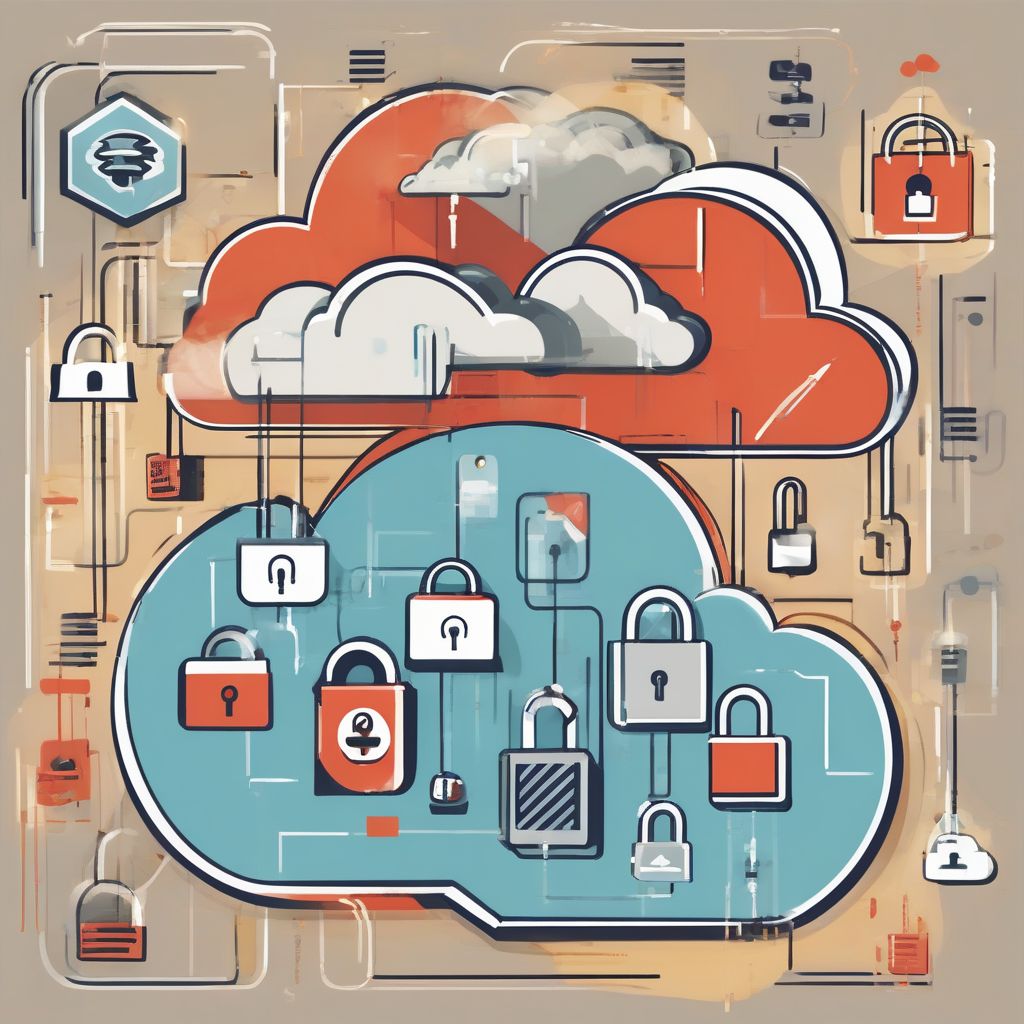Imagine this: your company’s sensitive data, carefully guarded behind firewalls and encryption, is now entrusted to a third-party provider in the cloud. While cloud computing offers scalability and cost-effectiveness, it also presents unique security risks that require careful consideration.
What are the Security Risks Of Cloud Computing?
“Security Risks Of Cloud Computing” refers to the potential vulnerabilities and threats associated with storing and processing data on a network of remote servers, rather than on local devices or on-premises infrastructure. Understanding these risks is the first step towards mitigating them.
Why is Understanding Cloud Security So Important?
The move to cloud computing is accelerating. Businesses and individuals alike are embracing the flexibility and on-demand access to computing resources that cloud services provide. However, this reliance on third-party providers also introduces new points of vulnerability. Failing to address these vulnerabilities can have serious consequences, including:
- Data Breaches: Unauthorized access to sensitive information can lead to financial losses, legal liabilities, and reputational damage.
- Service Disruptions: Outages or attacks on cloud providers can disrupt business operations and result in lost revenue.
- Compliance Violations: Regulations like GDPR and HIPAA mandate specific data security measures, and failing to comply can result in hefty fines.
Key Security Risks in Cloud Computing: Your Questions Answered
1. Data Loss and Leakage: What Happens if My Data Gets Lost in the Cloud?
What is it? This risk involves the accidental or malicious deletion of data, data exposure due to misconfigurations, or unauthorized access by internal or external actors.
Why it matters: Losing critical business data can disrupt operations, impact customer trust, and lead to significant financial losses.
What to do: Choose cloud providers with strong data backup and encryption practices. Implement robust access control measures and data loss prevention solutions.
2. Insufficient Identity and Access Management (IAM): Who Has Their Hands on My Data?
What is it? Weak passwords, lack of multi-factor authentication, and inadequate user access controls can leave your cloud environment vulnerable to unauthorized access.
Why it matters: Unauthorized users gaining access to your data can lead to data theft, manipulation, and system compromise.
What to do: Implement strong password policies, enforce multi-factor authentication, and adopt the principle of least privilege, granting access only to those who absolutely need it.
3. Insecure APIs: Are the Doors to My Data Secure?
What is it? Applications use APIs (Application Programming Interfaces) to communicate with each other. Insecure APIs in cloud environments can become entry points for attackers.
Why it matters: Exploiting API vulnerabilities can allow attackers to steal data, modify functionality, and disrupt services.
What to do: Regularly test and monitor APIs for vulnerabilities, implement strong authentication mechanisms, and use encryption for data in transit.
4. Misconfigurations and Inadequate Change Management: A Small Mistake Can Have Big Consequences
What is it? Misconfigured cloud settings, such as overly permissive access controls or improper data encryption, can create security gaps.
Why it matters: Misconfigurations are a leading cause of cloud security breaches, making your data easily accessible to attackers.
What to do: Implement strong configuration management practices, use automation tools to enforce security policies, and conduct regular security audits to identify and remediate misconfigurations.
cloud.caingong.com/wp-content/uploads/2024/07/cloud-security-risks-66a090.jpg" alt="Cloud Security Risks" width="1024" height="1024">Cloud Security Risks
Shared Responsibility Model: Understanding Your Role in Cloud Security
Cloud security is not solely the responsibility of the provider. It operates under a shared responsibility model. While the cloud provider is responsible for securing the underlying infrastructure, you are responsible for securing the data and applications you store and run in the cloud. This includes managing access control, encrypting sensitive data, and implementing appropriate security controls.
Conclusion: Embrace the Cloud, But Secure It Wisely
Cloud computing offers immense potential, but it’s crucial to acknowledge and address the inherent security risks. By understanding the common threats, asking the right questions, and implementing appropriate security measures, you can leverage the power of the cloud while safeguarding your valuable data.
What steps are you taking to secure your cloud environment? Share your thoughts and experiences in the comments below.
